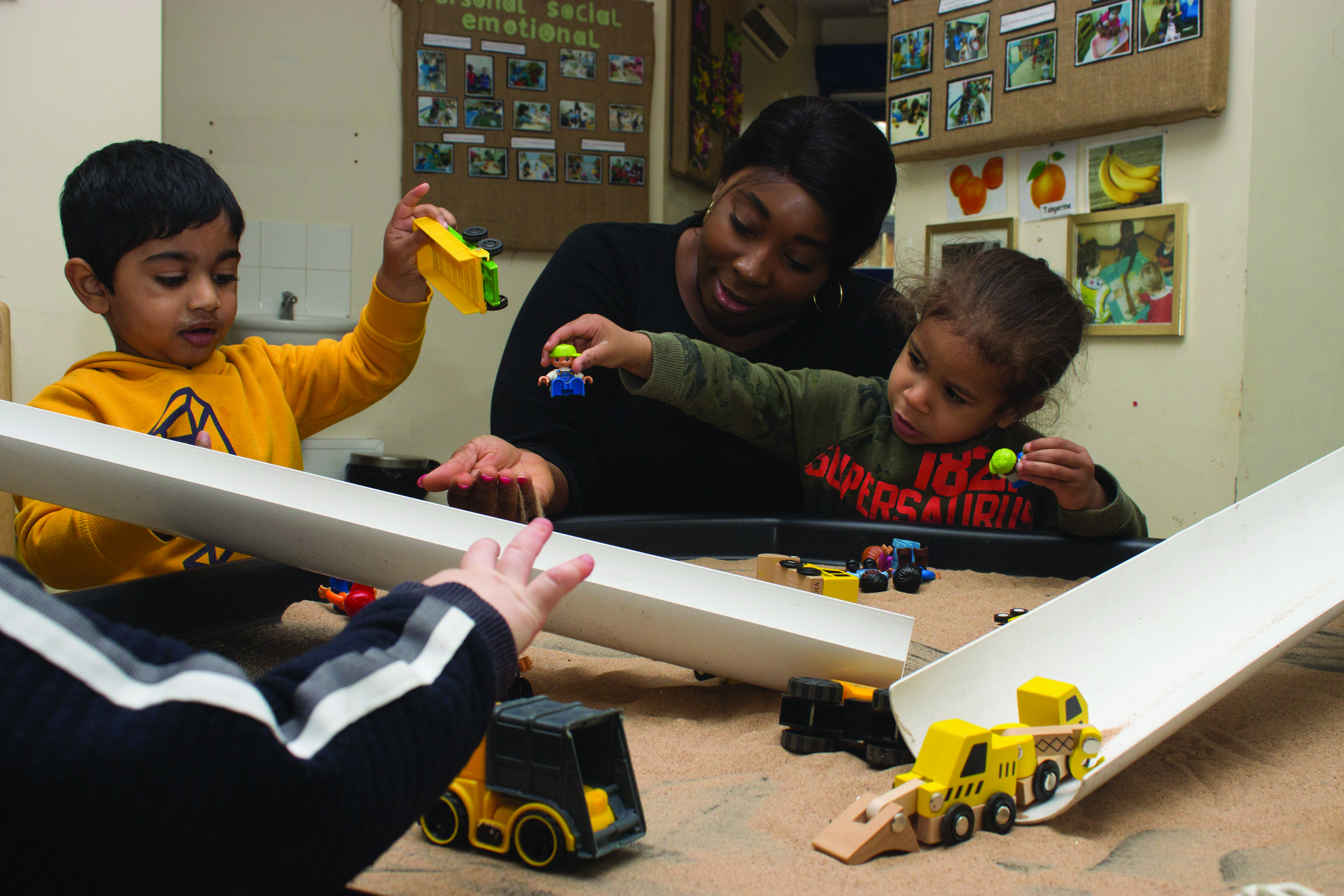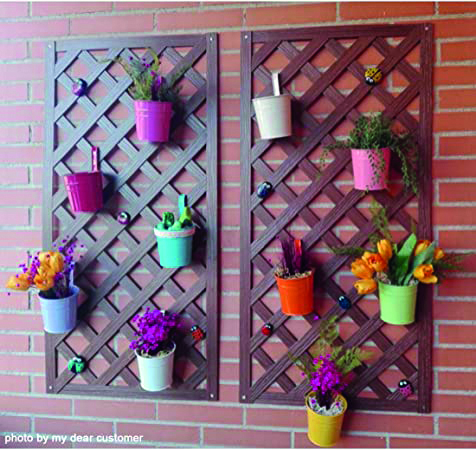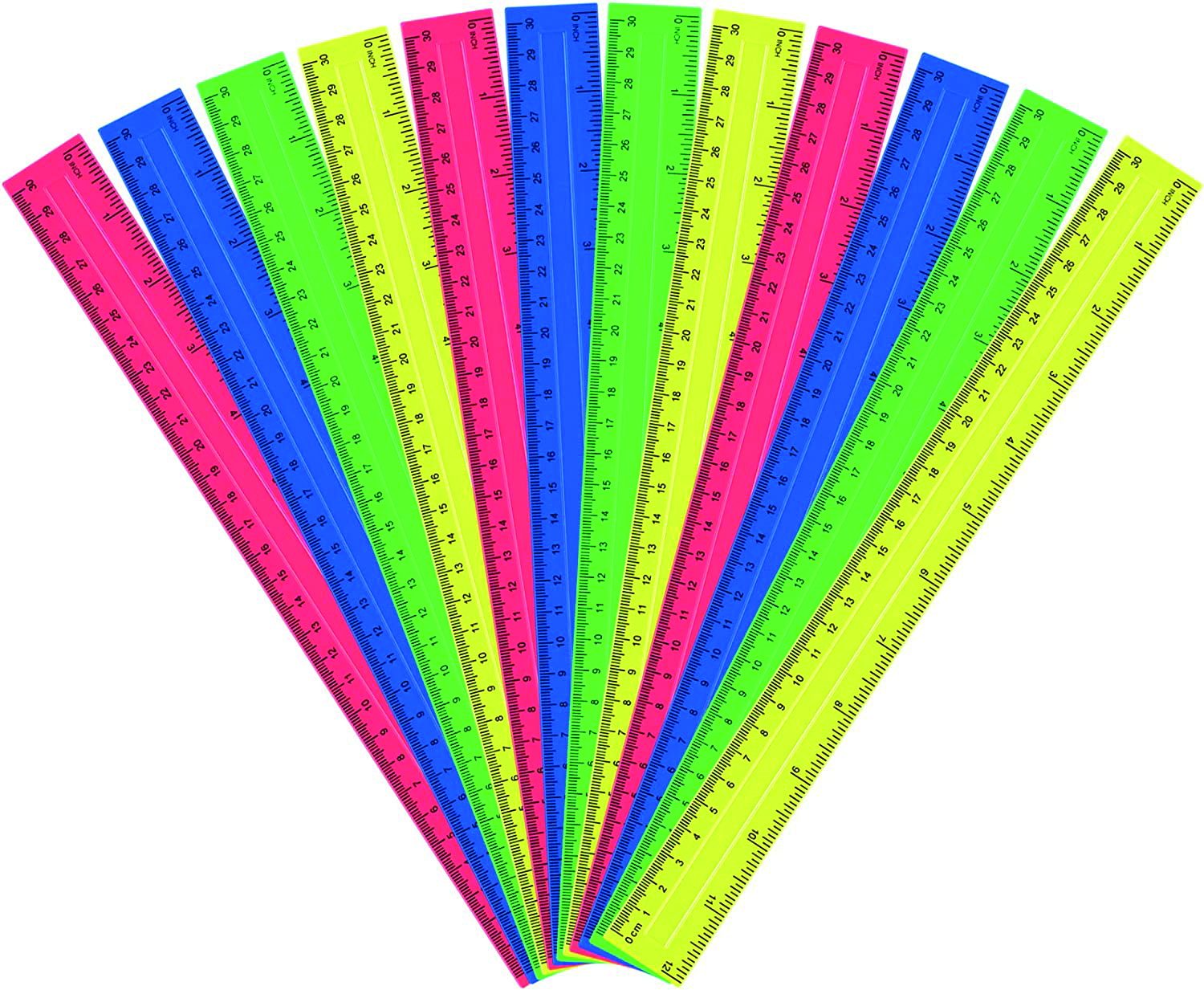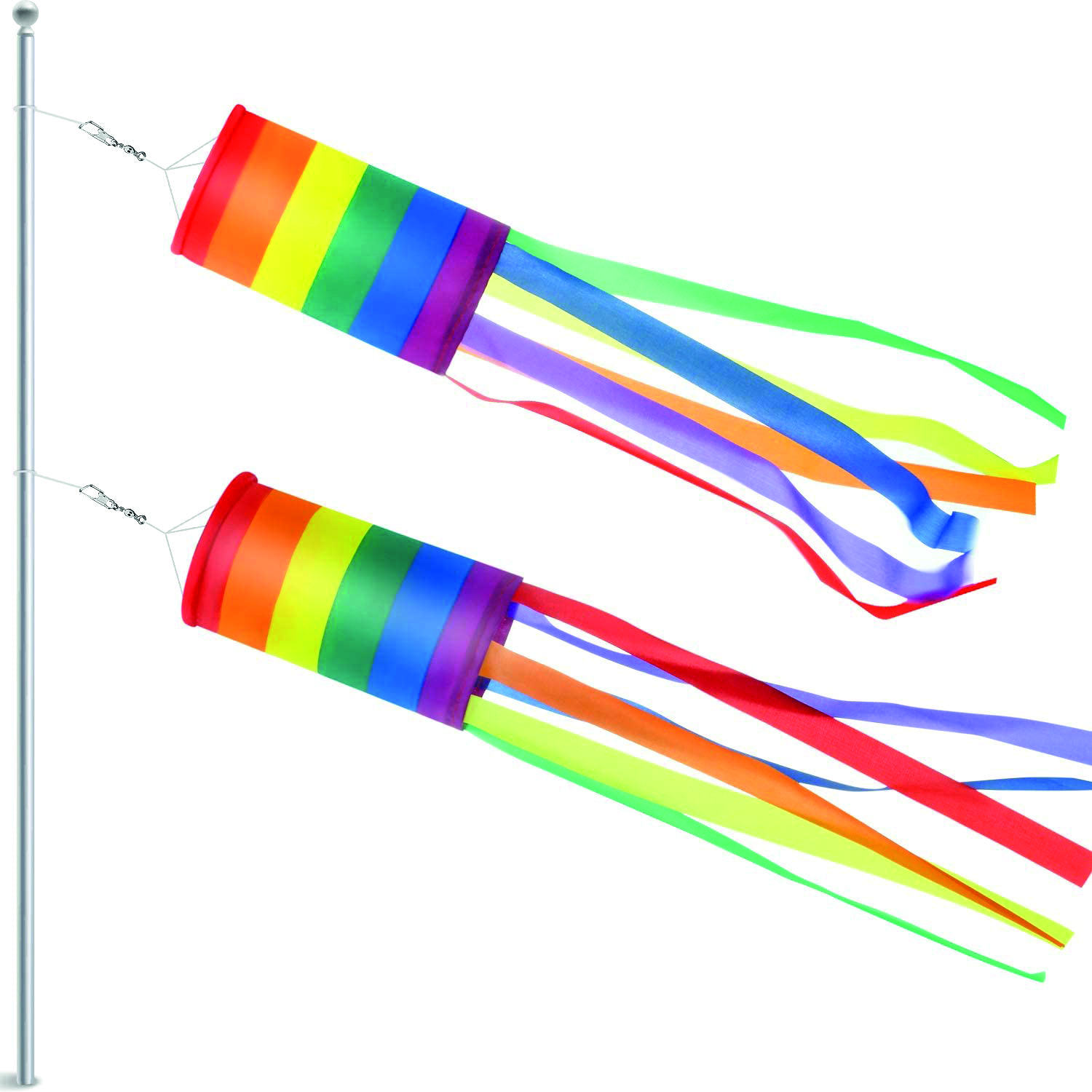
Outdoor play is by its nature child-led, explorative, challenging and unpredictable. And as the most powerful environment for learning and development, it is essential that all children have the opportunity to benefit from it.
An outdoor space should deliver more than the sum of its parts – but those parts should be accessible to all. A child’s use of the outdoors will be as unique as they are themselves. Keen observations, supported by being open-minded, are essential to a ‘can do’ mindset. It’s not just about focusing on a child’s ability to use equipment and move around the area. It’s about understanding what they can do, rather than what they can’t – and particularly what they want to do, so their individuality and choices are not sidelined.
At Tops Day Nurseries, managing director Cheryl Hadland uses observation to inform regular outdoor audits.
She says, ‘We want to know – can children make mistakes here? Can they find the resources they need without help? Does the outside look exciting and welcoming? Can children practise their physical skills and explore their interests? Is it sustainable?’ 
Children’s views are sought about the resources on offer, what they like about their outdoor environment and what they think could be improved. Practitioners get down to the child’s height and view it from their level to inform decisions.
Flexibility is key to maintaining accessibility. Hadland says, ‘Observation informs our continuous provision outdoors. If a child using a wheelchair cannot get into the sandpit, we would create a sand area on a raised table that they could sit at, to experience the same activity, and all of our children are allocated a key person who pays particular interest to the child’s interests, as part of Schema play pedagogy.’
All children at Tops, including those with additional needs, benefit from a multi-sensory approach, with herb gardens, mud kitchens, allotments, music walls, water stations and wildflowers offering opportunities to engage all senses.
‘Our equipment and resources are adapted depending on the needs of the children in our care,’ says Hadland. ‘If we were to have a child that struggled with fine motor skills, we would provide larger resources to enable them to take part, or a child with a visual impairment may be provided with real leaves or flowers to feel and discuss, rather than looking at them as pictures in a book.’
All of the nurseries’ play equipment is located so that it is accessible, with the inclusion of ramps and wide paths to enable independence when catering for equipment such as wheelchairs or walking aids.
Hadland adds, ‘We also consider areas for babies and older children who need help to stand and walk – to pull themselves up and cruise as they would indoors, and also seating – asking, does this offer support where needed? Knowing the child and the risk or challenge that’s appropriate for them is key to enabling their engagement.
‘And, finally, we always remember to keep high expectations for all children, and promote resilience, perseverance and the love of trying and having a go.’
PUSHING BOUNDARIES
At Kids Planet nursery group, the priority is to support a positive perspective for all on the outdoors. While most children are naturally disposed to engage with the natural world, it sees its job as encouraging them to push their boundaries.
The group’s head of training and development, Gill Mason, works closely with Sian Marsh, director of early years at training provider Best Practice Network, to achieve inclusive outdoor play for all children. 
Mason says, ‘We use observations to ensure that all children can access outdoor opportunities, while our dedicated head of outdoor learning assesses all our areas for suitability, ease of access and play value for all children. This can flag up changes that need to be made, which are actioned.
‘When thinking about making outdoor play accessible to all, it’s important to consider those children with a lack of opportunities for outdoor play. We recently took children from one of our urban locations to Liverpool’s famous Strawberry Fields. Children had a great time, climbing, running around and exploring. Like many children today, these children have no outside space at home and rarely get the opportunity to play with friends outside, as was usual for past generations.’
Kids Planet has also installed hammocks in most outdoor spaces to support sensory diet, together with lots of different textures, opportunities to balance, andquiet spaces to have time away from noise and stimulation. ‘We also use outdoors Zen Dens, and our Fazakerley nursery in Liverpool has added a disability swing to their garden,’ says Mason.
Mason says that children who struggle with communication find ways of having conversations through being outdoors. Being outside helps children themselves to identify challenges and gain confidence in their own abilities. It also provides a great environment to support children to strengthen their attention and focus, which benefits their speech and language.
‘For example, our children love to build “journey sticks”, collecting natural objects and materials, and looking at these and talking about the objects collected – where they were found, what they look like, what they remind us of, their colours. This provides easy routes for children to start to share experiences and observations.
‘This is also seen during our outdoor mindfulness activities, particularly for children who can become hyperactive in a closed-in environment. Outdoors they find it easy to integrate with their group.’
She adds, ‘Just lying down and looking up at the clouds drift by provides so many opportunities for talking about what we observe, plus imaginative thinking about the shapes and pictures they conjure up.’
STEPS AHEAD
At LEYF Playhouse Nursery and Pre-school, Deptford, manager Funmi Adeofun explains how careful thought has gone into supporting children who use their sensory capacities in different ways.
She says, ‘We have had three children with sensory issues at our nursery. For our one little boy with reduced sight, we used lots of sound cues to help him find his confidence in using outdoors equipment. We would tap the areas of the climbing frame he needed to step on next, so he could gradually build his confidence when moving along. At first, he was wary of the texture of grass – we are surrounded by flats, and grass areas were not something he was very familiar with. So we introduced some imitation grass to his sensory box so he could begin to get used to the texture, then gradually build confidence to move towards and eventually walk across the grass. We also used lots of touch clues to show where different areas were located, such as using real paintbrushes as signs to show where we were painting.’
Adeofun cites another example of twins at her nursery with multi-sensory needs, who also didn’t like walking on grass. ‘We initially laid walking planks across the grass area so they could walk over the top and still access all the equipment, and these boys loved football, so eventually, as the football would always end up on the grass, they were gradually encouraged to retrieve it. It wasn’t long before they were able to use the grass area like the other children.’
Consistency and involving parents are key in equal measure.
‘The parents of the boy with sight loss used the same techniques at home as we were using at nursery, by putting sections of artificial grass on their stairs so their son could get used to the feel,’ says Adeofun. ‘It was amazing to see the progress he made. In three months he was able to access all our outside equipment with minimal intervention.’
It is important not to make a big deal out of any adaptions being ‘special’. All children will be by turn curious and matter-of-fact about them – and they will very quickly become part of the furniture.

IDEAS FOR SETTING UP AN ACCESSIBLE AREA
Build a den
Not all pop-up tents and playhouses are suitable for wheelchair users, children with difficulty bending and crawling, and children who find confined spaces – especially when other children squeeze in with them – over-stimulating.
As an alternative to the traditional den, you can get children creating a ‘den area’ instead. Place a large cover – decorators’ dust sheets or a tarpaulin are ideal – over shrubs, fence posts or whatever is most suitable to create a roof, add some beanbags of floor cushions – and that’s it. Children can bring their own toys into the den and will create objects from leaves and twigs, etc. Also use it as a quiet space for book-sharing.
If you are considering investing in a permanent wheelchair-accessible den:
Outdoor Rainbow Den with Wheelchair Access.
Build a vertical garden
Start by getting children to decorate some sturdy plastic pots with permanent marker – any old suitable pots you can recycle. Next, punch a hole about 1cm below the rim of each container for a sturdy hook, then make a few more small holes in the base of each pot for drainage. Let children fill the containers with compost, leaving a gap of approximately 2cm below the rim before sowing their seeds or planting. Nasturtium seeds are good to use here as they are nice and big for children to grip, or use plants such as violas and primulas, or herbs children can pick, smell and taste. 
Give plants or seeds a good water. Hang pots, and watch your plants grow. Using a free-standing climbing plant frame is a really good, cheap base for hanging plants. Alternatively, if you have a trellis fence panel, you can simply hook plants where you please. Give children the responsibility to look after their hanging wall, taking photos of the progress their plants make along the way.
Durable multicoloured metal hooked planters for hanging gardens (via Amazon).
Have an outdoors measuring day
Also great for encouraging language and communication and measuring skills. Start by giving each pair a ruler, asking them to look for a twig the same length as their ruler. Next, ask children to place their ruler on the ground, then collect small objects such as leaves, pebbles, seed pods, etc., laying these along their ruler until they have completed the full length. 
You can extend the activity by drawing large chalk shapes on paved areas. Children can then collect and place little found objects around the shapes, following the lines – an activity to embed learning through hand/eye co-ordination.
Make a sensory garden
A garden area designed to bringjoy to all the senses makes a great addition to any outside space, no matter how small. To make your sensory garden wheelchair-accessible, you could build it around a vertical garden (as above) and also include a sitting area for children who may like to take themselves to a quiet, less stimulating place. If you can include a water feature, this is ideal, but if not, you can include a mini pond by placing a bowl of water in the ground containing some large stones so any visiting creatures can get in and out – you will be surprised how many water-loving bugs it attracts, and maybe even the odd frog or toad.
Include plants to cater for all the senses, such as herbs, which children can taste and smell; ornamental grasses such as bamboo and fountain grass for their rustling sounds and silver sage and lamb’s ear for their soft, velvety feel. Plus flowers such as sunflowers and lavender for colour and fragrance. You can also help children make suncatchers and windchimes for extra sensory impact.
2-pack colourful hanging windsocks, £10.49










